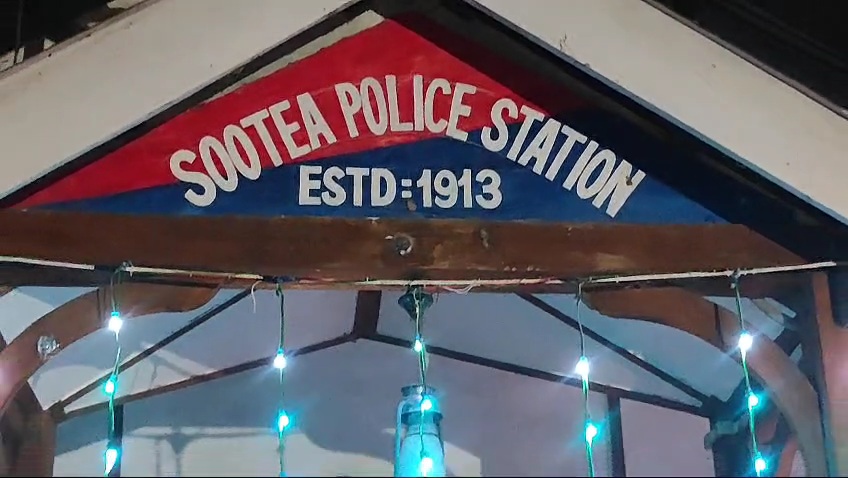
Assam’s Historic Sootea Police Station, Linked to Quit India Movement, to Get Heritage Facelift

 :
| Updated On: 21-Aug-2025 @ 12:16 pm
:
| Updated On: 21-Aug-2025 @ 12:16 pmSHARE
On Wednesday, Assam Chief Minister Himanta Biswa Sarma laid the foundation stone for a ₹5-crore project aimed at transforming the historic Sootea police station into a tourist destination. The police station, located in Biswanath district, holds immense historical significance as it was the site where the Indian national tricolour was first hoisted in 1942 during the Quit India Movement, prior to Independence. The Chief Minister highlighted that this development project is not merely an infrastructural initiative but a symbolic effort to preserve and honour Assam’s rich contribution to the Indian freedom struggle.
In his address, Sarma emphasized that the transformation of the Sootea police station into a heritage site and tourist centre seeks to inspire younger generations to cherish and respect the sacrifices made by freedom fighters. Recalling the events of 1942, he said that despite the immense risks under colonial repression, local residents of Sootea had courageously hoisted the national flag, a move that became a powerful symbol of resistance, bravery, and determination. Sarma described this act as a pivotal moment in India’s struggle for independence, pointing out that smaller towns like Sootea also played crucial roles in the broader national movement, often with extraordinary bravery and resilience.
He further explained that this upcoming heritage project would not only serve as a physical reminder of Assam’s role in the freedom movement but also as a moral lesson on the indomitable courage and self-confidence displayed by people in the face of colonial oppression. The site, once developed, will provide visitors with a deeper understanding of Assam’s historical legacy, helping both locals and tourists connect more meaningfully with the past.
The historical importance of the Sootea incident has been well-documented by eminent historians such as Heramba Kumar Baruah, Surya Kumar Bhuyan, and Amalendu Guha. Their works, along with official mentions in the National Archives and other records, stand as testimony to the significance of the 1942 flag-hoisting at Sootea. These scholarly references further validate the importance of preserving and showcasing the site as part of India’s freedom struggle heritage.
In recent years, the Assam government has implemented several development initiatives in and around Sootea, reflecting a sustained commitment to the region’s growth. Wednesday’s foundation stone-laying ceremony for the Sootea police station heritage project was accompanied by other welfare measures. Chief Minister Sarma also inaugurated two new girls’ hostels at Tyagbir Hem Baruah College in Jamuguri, a move aimed at promoting higher education opportunities and supporting women’s empowerment in the area.
The twin initiatives—preserving historical heritage through the Sootea project and investing in educational infrastructure with new hostels—illustrate a holistic approach to development in the region. On one hand, the government is working to protect Assam’s glorious past and ensure that its stories are passed down to future generations. On the other hand, it is investing in facilities that will improve the quality of life and education for current and upcoming generations.
Overall, the ₹5-crore heritage project at Sootea police station stands as a significant step in preserving Assam’s proud history while fostering cultural tourism. At the same time, it highlights the government’s broader strategy of balancing historical preservation with contemporary socio-economic development.